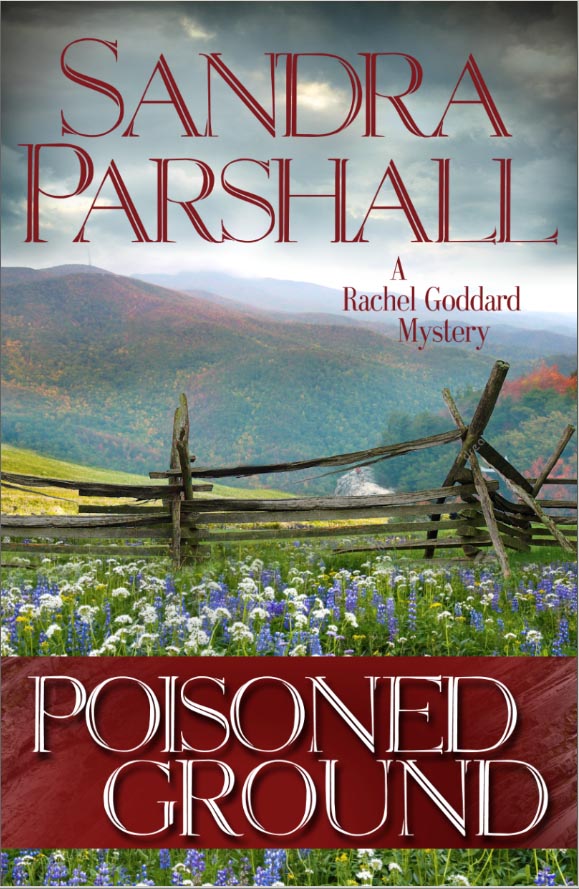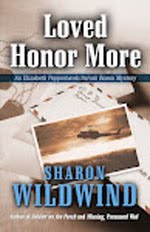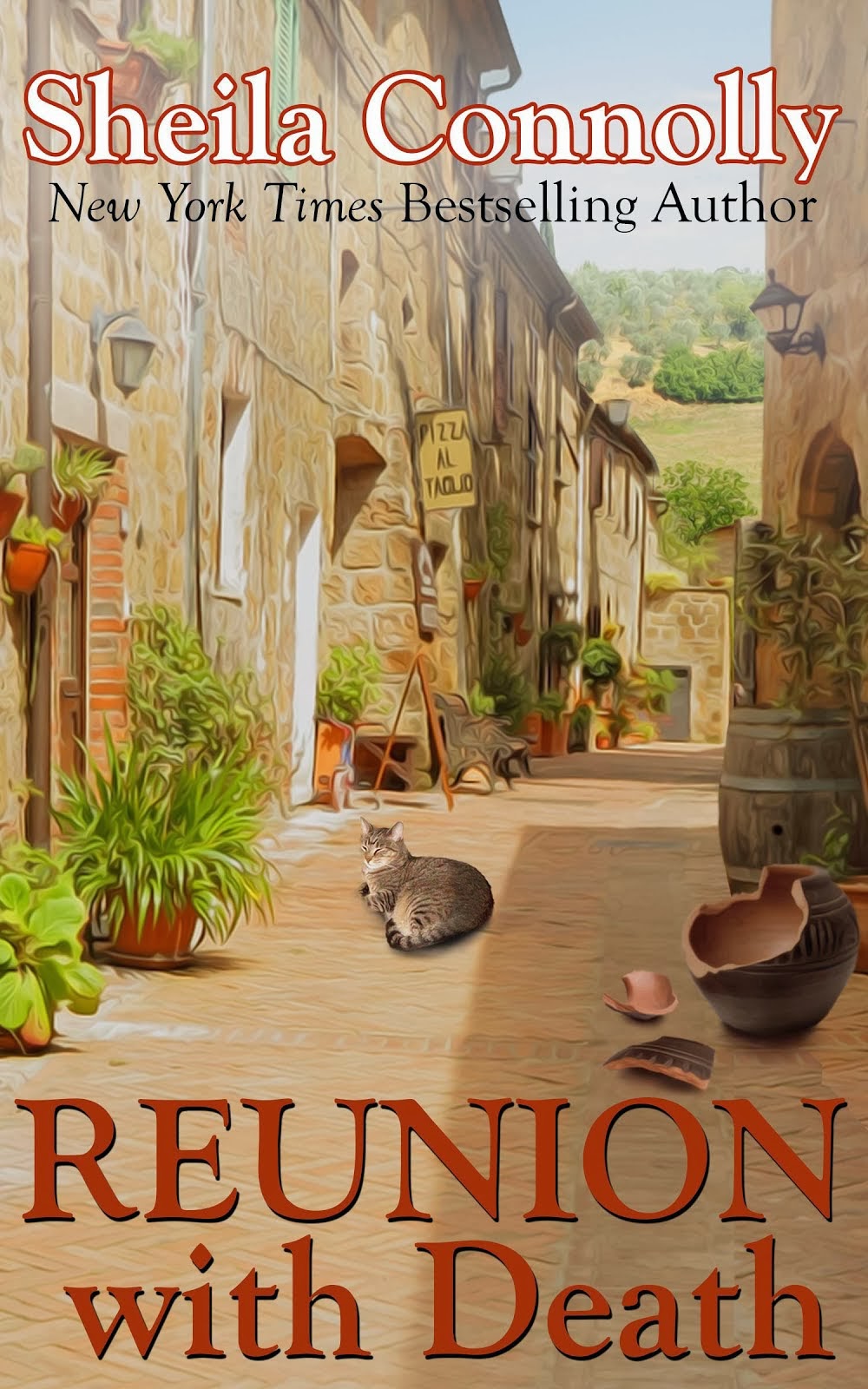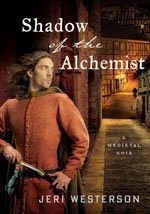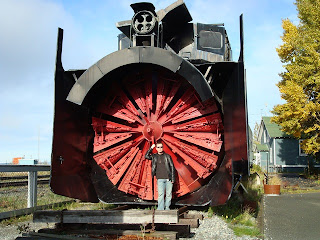by Barb Goffman
Thank you for coming to this memorial service in honor of my dog, Scout. You may have only known him online, but whether Scout licked your face in person or virtually, I’m sure you felt his love from the stories I shared of him. All the stories. All the time. I probably drove some of you to boredom at times from all my posts, but whenever I looked at him, I always felt a surge of love to him and from him that I wanted to share. And even now, though he isn’t physically with me any longer, I still feel that surge of love. I’m so happy to be able to share it with you one more time.
Scout was a Labrador/shepherd/malamute mix. He weighed about eighty pounds. His fur was like an Oriental carpet. From one angle he’d look blond. From another, he’d look light brown. He had white fur on his tummy, big brown eyes, blond eyelashes. In his puppy pictures, you could see a black mask on his face. He had a long fluffy tail that he wagged when he was happy; in his last few weeks, he used that tail as a rudder to try to keep his balance.
He was the sweetest boy you could ever meet—as long as you didn’t ring the doorbell. If you did that, Scout assumed you were an invader here to kill us, and he would charge to the door, barking and jumping so he could bare his teeth through the window. In his final year, he couldn’t climb the stairs to the front door anymore, but he still maintained his job as the head of home security, standing at the foot of the stairs barking away.
Scout was a rescue dog. According to the records I received from the SPCA, he was found when he was eight weeks old, trying to climb into a lady’s car in a bank parking lot. (He always loved the car, both riding in it and smelling the wheels of any car around.) That bank was next door to a veterinary office, so the lady assumed he’d escaped from there. He hadn’t. My best guess is someone dumped him there, thinking the vet would find him and get him a good home. They called the SPCA, which took Scout in for a few months, raised him, and trained him, until he went to a family. He lived with that family for five years until they gave him back because he didn’t fit in anymore. Fools. But it was my gain, because my beautiful boy was waiting for me.
In case you didn’t know, Scout was a very smart dog. When I would sit on the floor and pet him, he’d sometimes sense I was about to get up. He’d place one of his front legs over my arm, trying to hold me down, forcing me to keep petting him. He understood a lot of words and commands, but most telling is he understood “Show Mama what you want.” Sometimes he wanted a treat and would walk to the treat closet. Sometimes he wanted to go outside and would walk to the door to the yard. His answer varied depending on what his desire at that moment was. That’s a smart boy.
| Scout loved Dad's visits |
Scout also liked store-bought treats. Processed treats, my friend Kim recently said, and she was right. When we’d visit his old friends with the SPCA, they’d offer him high-end treats, and he’d turn his head away. No highfalutin stuff for Scout. He adored Beggin Strips and T-Bonz and Milk Bones. In his final days, he stopped eating anything but the T-Bonz. They were especially soft. I’m grateful he could get them down.
Scout loved our backyard, which backs up to woods. He would run to the fence over and over, barking at the foxes and deer that live back there, as well as at the neighbor’s cat that sometimes roams the woods. When he was younger, before he got arthritis, Scout often lay on the grass in the fall and spring, keeping an eye on the woods. In the autumn, I’d sweep leaves off the deck, and he’d run around underneath, joyfully trying to catch them in his mouth. Scout especially loved chasing sticks. A stick on the ground was irrelevant to him, but a stick I’d throw was heavenly. (He rarely brought the sticks back, just chased them.) On his last morning, we were in the yard, and I picked up a stick. For a moment his eyes shined, and he looked so excited, like a puppy. I threw the stick, but he didn’t run after it. He wasn’t up to it anymore, but I loved seeing that light in his eyes once again as he contemplated it, even for a second.
Scout wasn’t afraid of much. He loved the car. He loved the vet. He loved going anyplace and meeting anyone new. We once went to the vet for a walk-in nail trimming, and when our turn came, one of the vet techs opened the exam door, saw him, and said, “Scout, I didn’t know it was you.” And, I’m not exaggerating, he strutted into that room as if he were saying, “Yeah, baby, it’s me. I’m here.”
One thing Scout didn’t enjoy was having his picture taken. It might be hard to believe, given the number of photos I’ve posted, but those pictures were hard earned. He didn’t like the Halloween costumes I made him wear or the elf hat I put on him each Christmas. He especially didn’t like his birthday crown. Most years, he wore the costumes just long enough for me to get a picture and off they came. But when it came time for his bark mitzvah last fall, he wore his yarmulke and tallit (prayer shawl) happily all night long.
I’ve probably gone on way too long, but I have so many memories to share. Scout was the best part of my life, and I pray that the people who say we’ll be together again one day are right.
In the meanwhile, every autumn I will continue to have six weeks of celebration. That’s what Scout and I used to do every year, beginning on September 30th. That was the date in 2006 that I met him in person (I’d already fallen in love with him from his photo online) and filled out my adoption application. Two weeks later, on October 14th, he came home to live with me. Two weeks after that, on October 28th, when our required trial period had ended, I finalized things with the SPCA. And then two weeks after that, Veterans Day, November 11th, was his birthday (at least, that was the original vet’s best guess, so it’s the date I’ve always used). That’s six weeks, from September 30th until November 11th, with a milestone exactly every two weeks during that period. Every year, we celebrated each milestone and our joy of being with one another during those six weeks, and I will continue that tradition.
Scout may not be with me in person anymore, I may not be able to rub the fur behind his ears (so soft), I may not be able to tell him that he’s the best boy ever, but he knows that he’ll always be in my heart. Somewhere, somehow, he knows. I wish we could have been together forever. For the time we had, I’ll be forever grateful.
Rest in peace, my dear sweet boy. Mama loves you.




